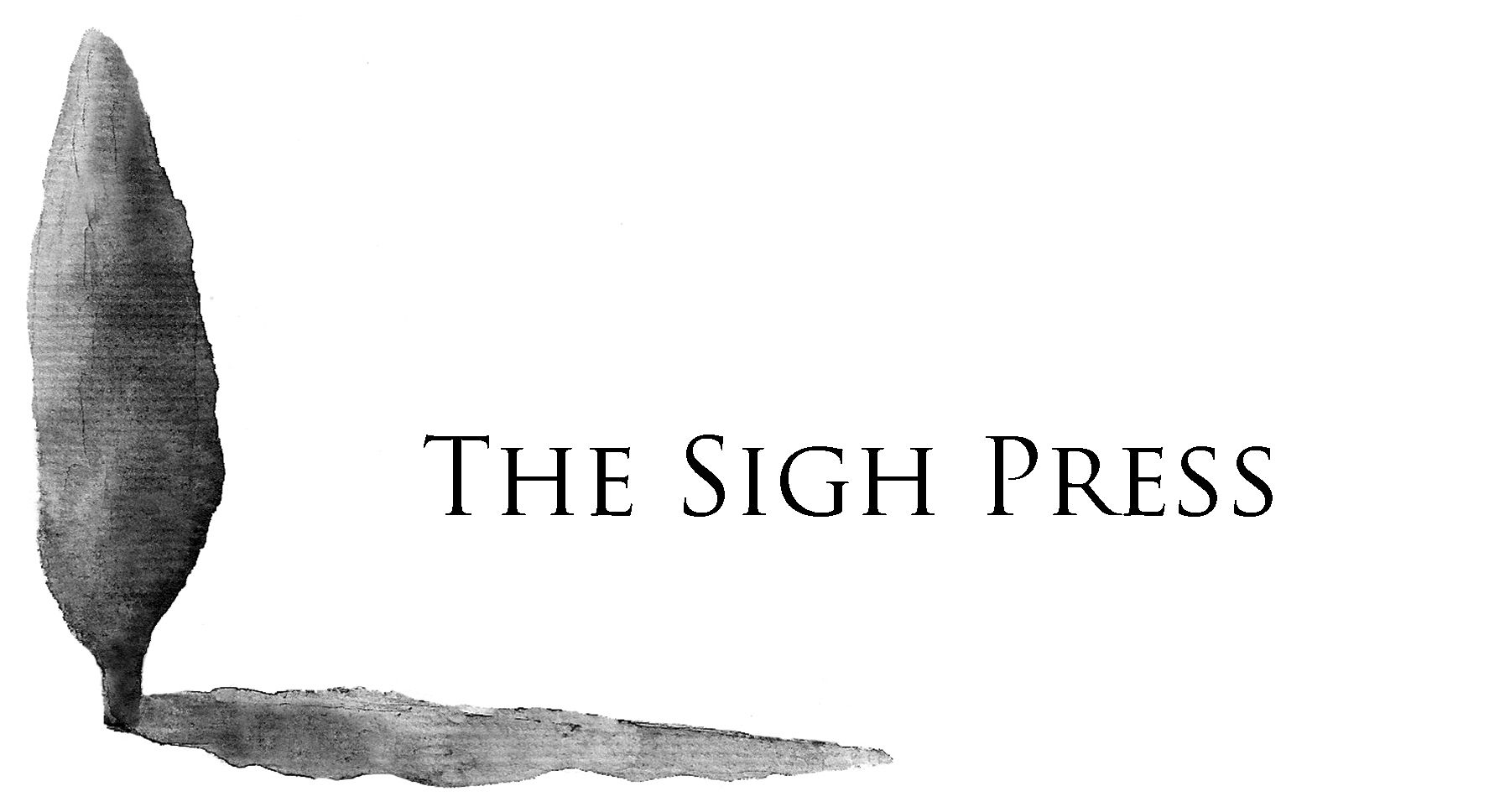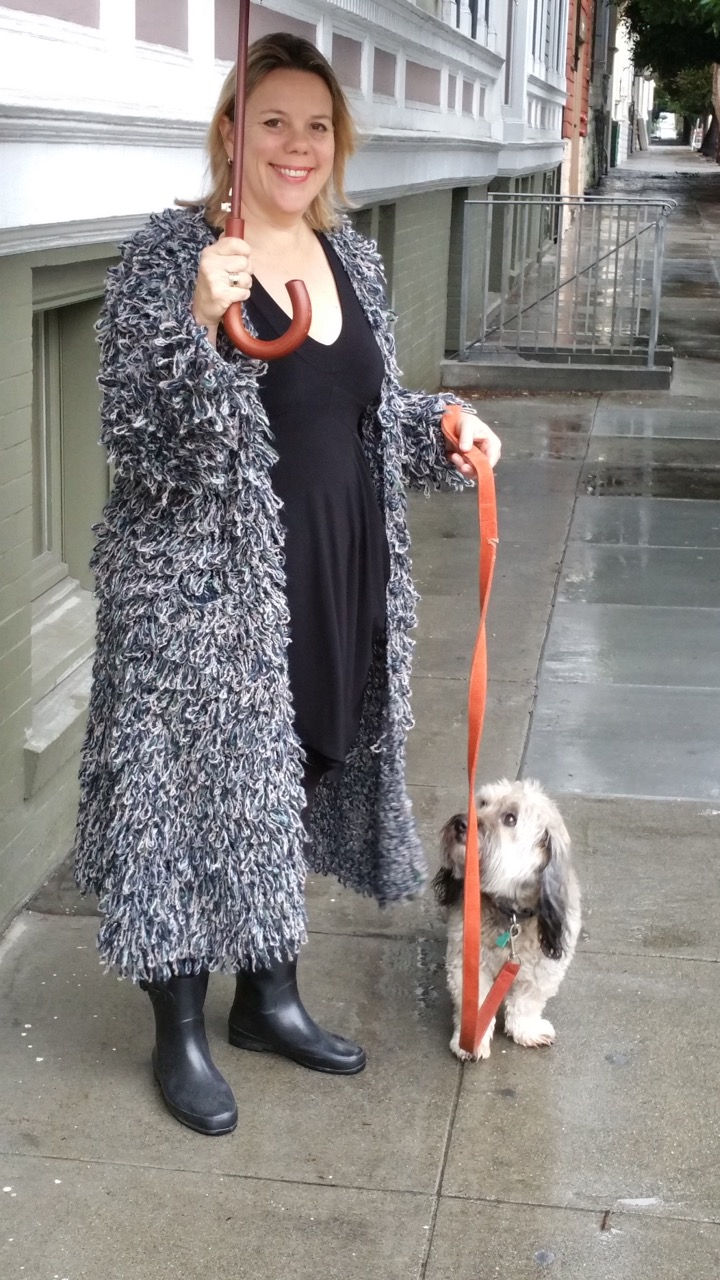Welcome to the first of our Ampersand series: interviews with writers from all over the world who have a connection to Tuscany. These interviews will post throughout the year, midway between issues. Our aim is to understand a little of what makes each interviewee tick, both through the questions we ask and the piece of writing they share.

Laura Fraser is the US best-selling author of An Italian Affair, All over the Map and Losing It, as well as countless essays featured in publications such as The New York Times. In addition, she leads writing workshops all over the world and teaches at the San Francesco Writing Grotto. Fraser is co-founder of Shebooks.
Mundy Walsh & Lyall Harris, Editors

Your first memoir An Italian Affair came out in 2001 and became a New York Times bestseller. Your second memoir All over the Map was released in 2010 to critical acclaim. Your connection to Italy has outlived the affair that first brought you here almost two decades ago. How would you describe your relationship with this incredible country?
I always feel that everything is “tutto a posto” when I’m in Italy. Life has the pace, flavors, and grace that it should have. I love Italian food, architecture, shoes, film, authors (I read Ferrante in Italian long before others discovered her here in the US), and scenery. I also love the Italian language, and am pleased that Italians can’t tell where I’m from because my accent is pretty good.
You teach classes with other San Francisco writers and filmmakers in a collective called The Grotto. You also teach a memoir writing workshop called ‘Eat-Write-Travel’ in Italy, Mexico, and Guatemala. You’ve just won the IACP (International Association of Culinary Professionals) award for essay writing. People might assume that a New York Times bestselling debut would pave the way to an easy and prolific writing career. However, this isn’t always the case. After the wild success of An Italian Affair, your agent and publisher advised you not to write another book unless it would be as popular as your first. You spoke of the crippling effect this had on you as a writer—the inevitable performance anxiety and writers’ block you struggled with. How did you manage to write under such pressure? What coping strategies did you utilize?
“Crippling” is probably a strong word for a few years of not publishing a new book. It’s true that I heard a lot of people tell me I had to follow up An Italian Affair with another bestseller or my career was finished. So when I didn’t have another great idea for a book, I just didn’t write a new one at all. I was lucky to have the great writing teacher William Zinsser as a mentor (and relative), and when I went to see him and told him I wasn’t writing because I was afraid it wouldn’t be as successful as my last book, he said, “That’s the most ridiculous thing I’ve ever heard. You’re a writer— so write.” And so I did. My next book wasn’t as successful commercially, but it’s a good book, and in the big scheme of things, it was just my next book. During that whole period I was writing plenty of magazine articles, though. It’s not like I was doing nothing. I always have to work.
The word “privilege” comes up quite a bit in the Goodreads comments for your latest memoir. The comments, by and large extremely positive, are nonetheless suffused with a subtle resentment of your perceived privileges—hopping from country to country, having exotic affairs, eating gourmet food—as if your cosmopolitan lifestyle just fell into your lap. How would you describe your relationship to “privilege”?
Well, I think anyone who is born Caucasian to well-educated upper middle-class parents at this point in human history has to have an awareness of their privilege, and of the responsibilities that go along with that privilege. I’m tremendously lucky to have had an excellent education and supportive, smart parents (who insisted we live in Mexico for a summer when I was ten to understand something of another culture and language). I was able to graduate from an expensive college without debt and become a freelance writer, which is not a choice a lot of people with insecure backgrounds can make. While I didn’t need it, I always knew I had a safety net, which is different from someone who doesn’t have one. That said, I have supported myself solely with my writing since I graduated from college, with no other source of income. Like everyone, I’ve made choices about how I spend my money. I live in a small apartment and am lucky to have rent control, which has made travel possible, especially since I’ve done a lot of home-swapping. I’ve always preferred experiences over material things. I remember when my grandmother died and left each of my sisters and me $1500, my sisters put their money toward a down payment on a house or car. I spent it traveling for nine months in the Mediterranean. Instead of letting that money grow in a bank account I made the choice to visit Greece, work on a kibbutz, ride camels with Bedouins in the Sinai, and visit Europe for the first time— spending every penny of that inheritance. I figure Grandma would’ve been happy. I’ve also been able to travel over the years because as a writer I’ve had assignments to go to different countries for stories, and I’ve been able to sell stories I’ve come across when I travel. It’s not like I’m riding in First Class and booking five star hotels (which is where you never meet any interesting people anyway). So, yes, I’m privileged, and I’ve also worked hard to fulfill my desires to have rich experiences meeting people and tasting food all over the world instead of owning a house or expensive toys. All this may come to bite me in the ass when I retire and don’t have a lot of savings or a house. But then I guess I will just go find the cheapest place to live out my last days where I can speak Spanish or Italian and drink cheap wine.
You co-founded Shebooks, a publisher of short e-books written by women. Would you say that Shebooks is a feminist response to the stereotyping or dumbing down of women’s literature as chick lit?
Shebooks has published high-quality short e-books by women. There haven’t been a lot of places for women to publish at that length—about 15,000 words. If you look at the VIDA count, you can see that magazines and literary journals that publish long stories overwhelmingly publish men—the statistics are shocking in some cases. So Shebooks.net is a venue for women writers where they can be taken seriously. So yes, it is in part a feminist response to the characterization of women’s writing as “chick lit.” Women are not taken as seriously as the purveyors of “dick lit,” as I like to call it.
You’ve recently authored the e-book The Risotto Guru through Shebooks, and Losing It, a book that takes the diet industry to task. I ordered the poet Alice Luterman’s Feral City from the Shebooks website (for three dollars!) and in less than a minute I was reading it on Kindle Cloud. I was impressed not only by the ease of purchase but also by the reading group questions on the Feral City page, beneath the generous excerpt. The Shebooks website also hosts an online community where aspiring writers can share their work. Would you tell us a bit about this community?
Shebooks is in the first stages of a new project called PaperQuilt, where women can share their microstories with each other. Stay tuned, it’s early days. Meantime, we have over 70 books you can find on Amazon, Apple, Kobo, or Smashwords.
You write about your lifelong love of reading, as well as your love of journaling. What role do your journals play, if any, in the writing of your memoirs?
I was an obsessive journal-keeper as a kid. Writing in journals made me a writer. Now, I keep a journal when I travel, but not so much every day. Maybe I should. But journals are essential for remembering places, conversations, observations, and emotions—and so are photographs. Sometimes I fret that the time I spend on Facebook is robbing me of my deeper emotional life by taking me away from my journal.
Instead of a predictable happy ending –a happy ending that you thought you wanted—All Over the Map brings the reader on a journey that culminates in your newfound self-fulfillment. Being as memoirs don’t utilize the same meticulous plot scaffolding as novels do, would you say that memoirs rely more on personal growth (character arc) to fuel the story? Is personal growth the new happy ending?
In a memoir, you are the protagonist, and the protagonist has to change or the book is going to be boring. A memoir is a journey of selfdiscovery, and the writer has to have something to say for the reader to want to take that journey with her. That means that the writer has to be vulnerable, and show her flaws. Nothing’s worse than a self-satisfied memoirist. I always say the two biggest sins of memoir are narcissism and whining. Instead, a writer needs to be able to dig down into uncomfortable truths to come to some sort of realization that will resonate with the reader. Or why waste their time? Every good memoir has to have as strong a narrative arc as a novel. Annie Dillard called writing a memoir “fashioning a text.” Writing a memoir is an art–you’re not just writing down stuff as it happened to you. And above all, a memoir is not about the writer. It’s about the reader, and the story. But I am happy to say that the actual story of my life after All Over the Map had a happy ending. At the age of 48, I re-met a wonderful man I knew in college, and we’ve been delighted to be together ever since. I didn’t put that in the end of the book, though. Partly I didn’t want to jinx it, and partly it just wasn’t as good an ending to the story.
RISOTTO GURU by Laura Fraser
Every once in a while, a guru crosses your path, one who can reveal meaning and mystery. We have to be ready for these moments of grace that can stir the soul—or in my case, the risotto.
He shakes his head. Have I learned nothing? It depends. If you are making a delicate risotto with zucchini flowers, would you use red? Of course not. A nice frog’s leg risotto? White! Quail risotto? Barbera. White beans and sausage? Red.
We came in view of the hotel. I only wished that I could actually watch my guru make risotto, and taste his risotto, but I knew that was unlikely. I did actually hint about that, in case he wanted to invite me over for dinner. Then I thanked him and said, “ciao, ciao.”
The next day I was invited to eat with the owner of the winery and hotel and some friends at Batasiolo’s Bofani vineyard. A table for 20 was set outside a villa, underneath some trellises overlooking hillsides covered with the best Barolo grapes anywhere. The owner, Fiorenzo Dogliani, invited me into the kitchen to meet the chef.
For everything I had learned from Angelo about risotto, what remained, after the last grains of the second plate of risotto were gone, was that all I knew about risotto was how little I really knew.